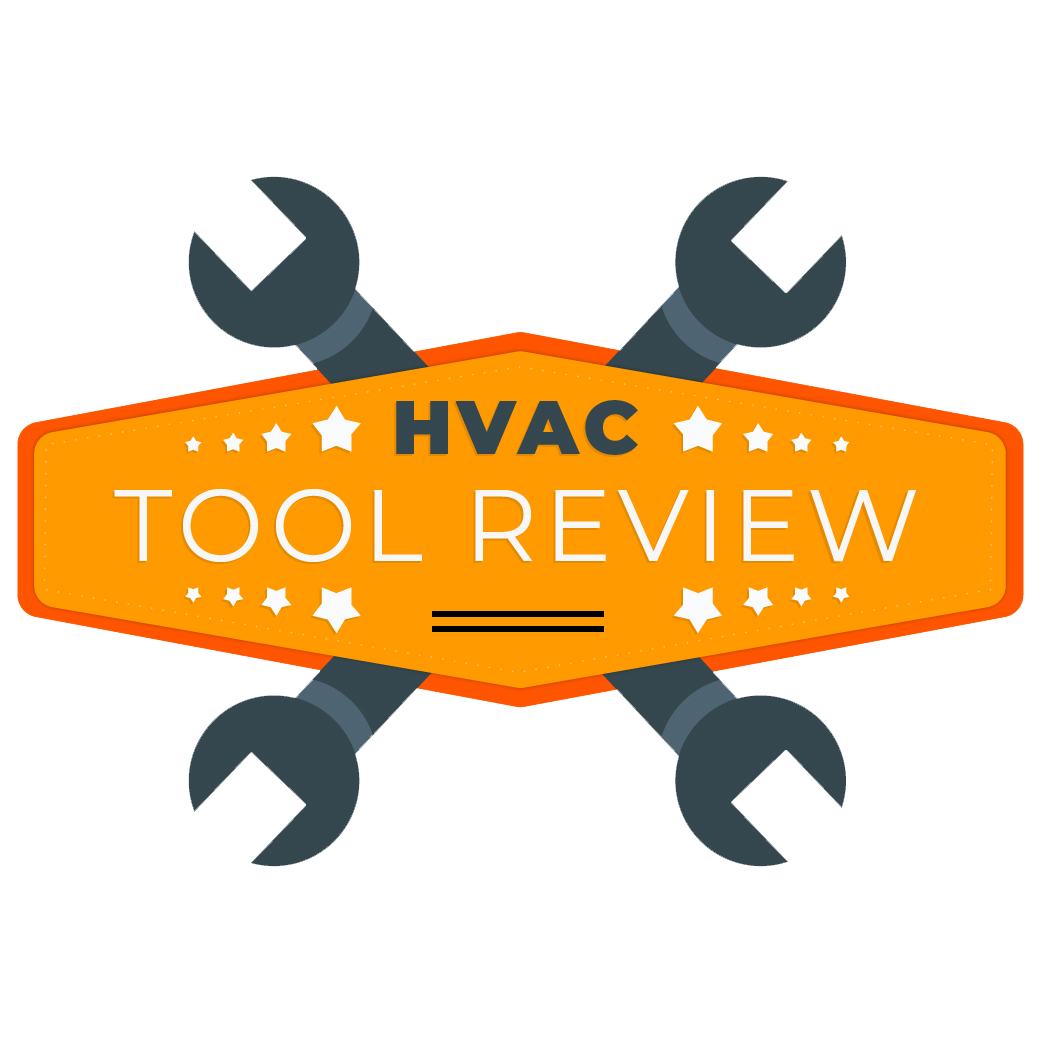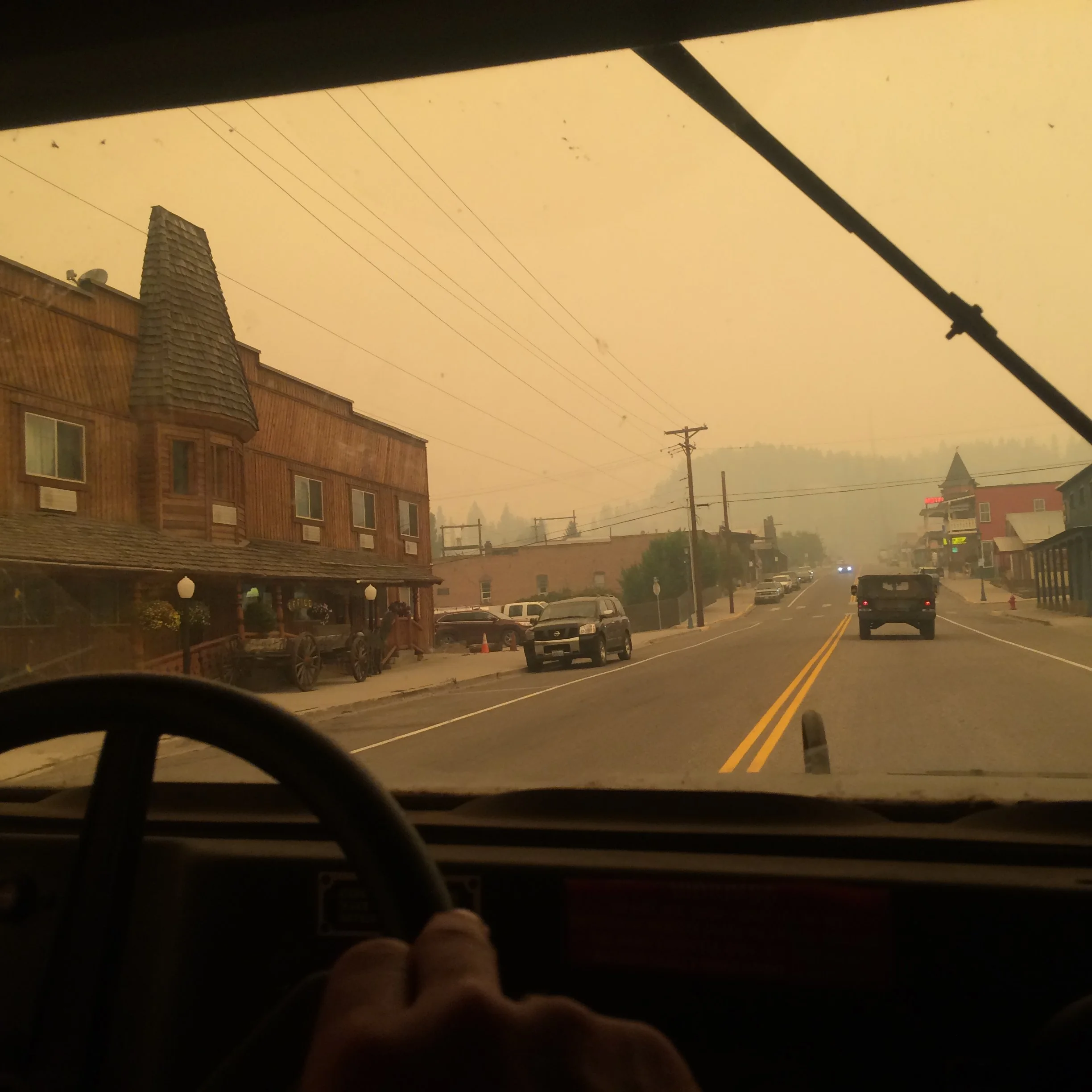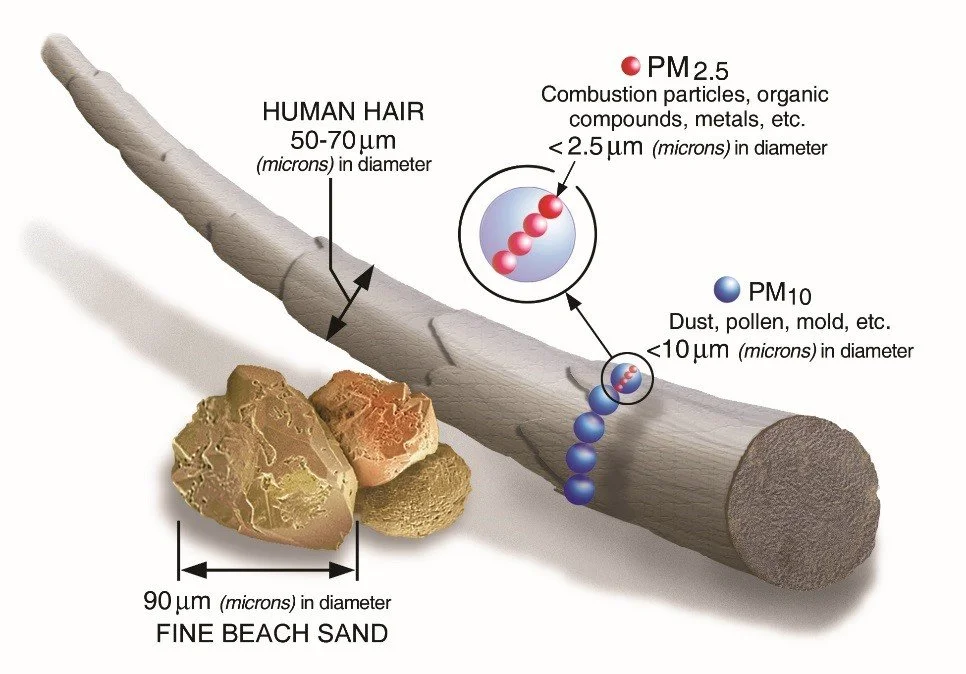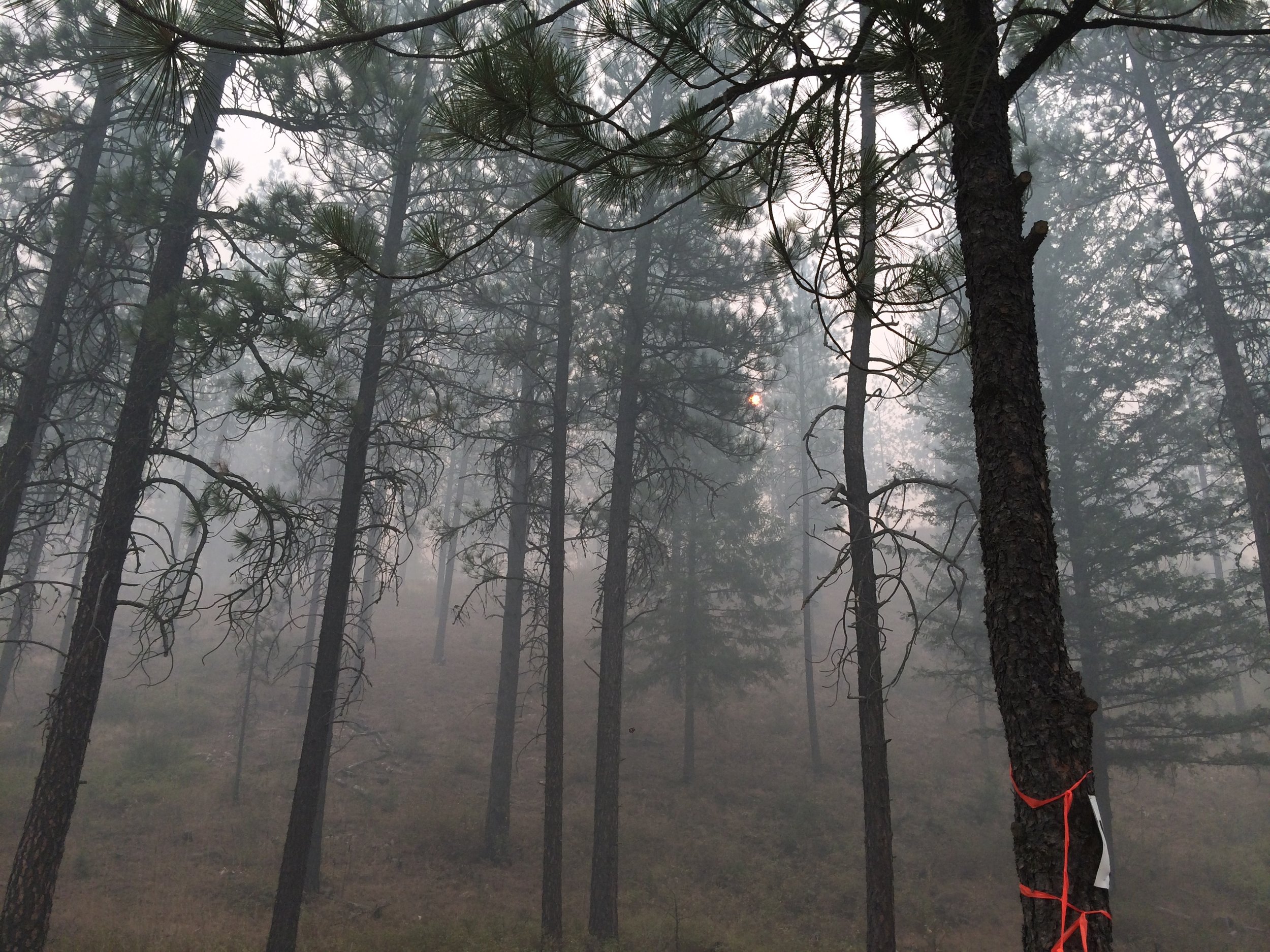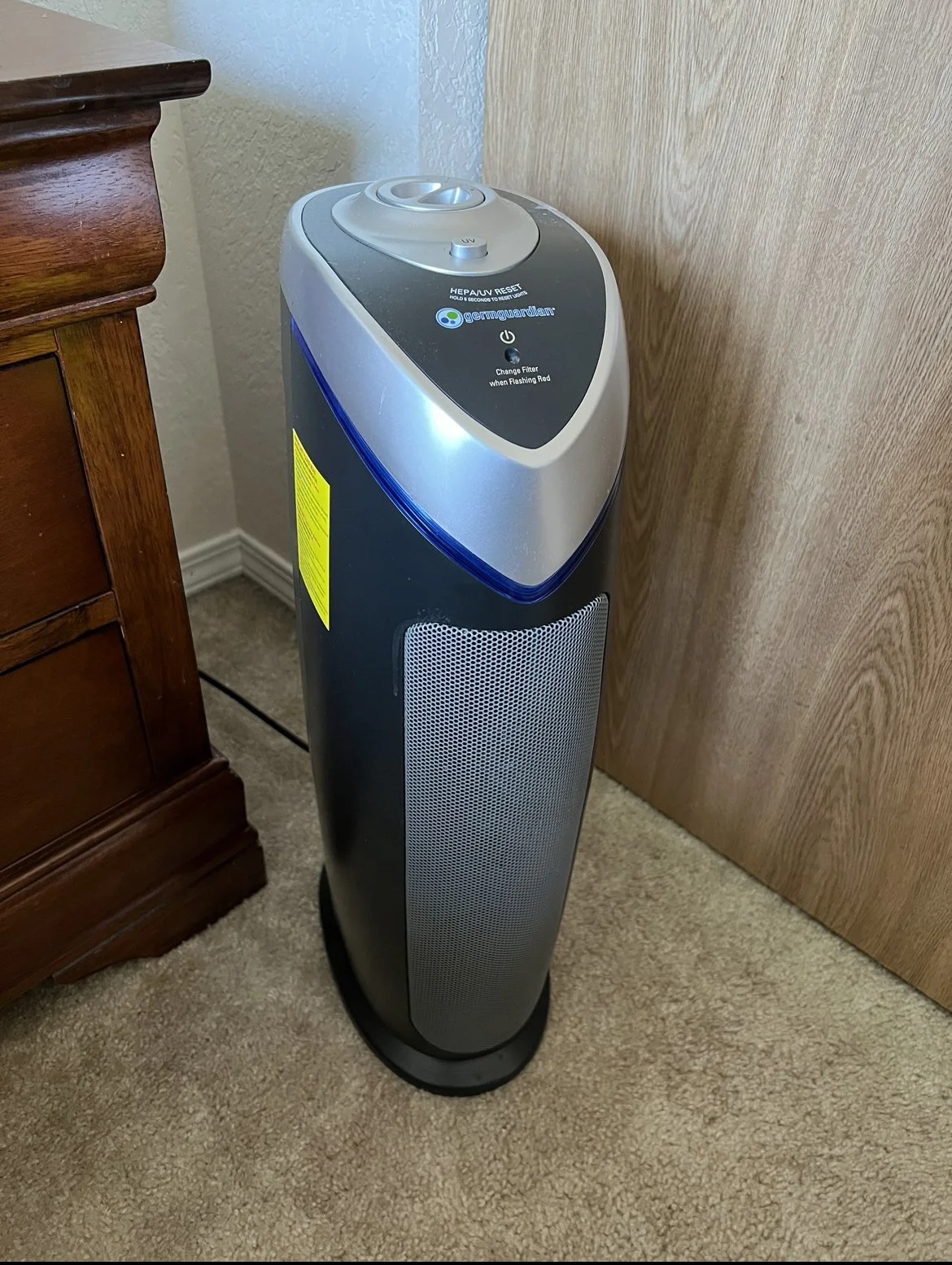Filters For Wildfire Smoke
Filtering Smoke from wildfires
The sun heavily filtered by thick smoke from a wildfire
As wildfires continue to wreak havoc across the globe, the suffocating haze of smoke poses significant health risks to communities nearby. As we grapple with these natural disasters' growing impact, we must arm ourselves with effective strategies to mitigate the adverse effects of air pollution. In this blog post, we delve into the various methods and tools available to filter and purify the air, offering invaluable insights into how we can safeguard our well-being and breathe easier during times of crisis. From DIY solutions to cutting-edge technologies, let's explore ways to combat the smoke and unhealthy air as we find comfort amidst the flames.
Understanding Wildfire Smoke and the Health Impacts of Exposure
Wildfires emit vast amounts of smoke, a complex mixture of particulate matter and toxic gases, with devastating consequences for nearby communities and regions far away. The smoke contains tiny particles, like soot and ash, that can penetrate deep into the lungs, causing respiratory issues and may lead to other health risks, especially among sensitive groups. Harmful gases, such as carbon monoxide (CO), nitrogen oxides (NOx), and volatile organic compounds (VOCs), worsen existing health conditions and create new problems, even in healthy individuals.
Fine particulates, especially PM2.5, pose a significant concern due to their ability to reach deep respiratory areas, triggering asthma attacks, cardiovascular issues, and other issues among those suffering from heart or lung disease. The smoke's movement isn't restricted to fire zones; it can travel long distances, affecting distant areas' air quality. Vulnerable populations, including children, older adults, pregnant women, and those with pre-existing conditions, must be vigilant and informed about air quality during wildfire events. The following sections will outline practical strategies and technologies to filter and purify the air and reduce exposure to fine particle pollution.
Thick smoke from wildfires has become more and more common in the summer months and can impose serious health risks for some people
What Size are the particles in wildfire smoke?
Wildfire smoke consists of a wide range of particle sizes, ranging from large visible particles to ultrafine particles that can only be seen under a microscope. The size of particles in wildfire smoke is measured in micrometers (μm), with one micrometer equal to one-thousandth of a millimeter. Larger particles in wildfire smoke can have sizes ranging from around 10 to 100 micrometers, which are visible to the naked eye and may contribute to the haze observed during wildfires. However, it's the smaller particles that pose a more significant risk to human health. When inhaled, fine particulates, with a diameter of 2.5 micrometers or smaller, can penetrate the respiratory system, reaching the lungs' most sensitive regions.
Fine particulate matter, such as PM2.5 particles in wildfire smoke, is especially concerning as it carries a higher concentration of harmful compounds and has been linked to various health issues, including respiratory, cardiovascular problems and other adverse health effects. Understanding the different particle sizes in wildfire smoke is crucial for developing effective strategies to filter and mitigate the health risks associated with exposure to such hazardous smoke. The environmental protection agency has provided an excellent illustration of particle sizing.
How long does smoke stay in the air after a wildfire?
The duration of smoke in the air after a wildfire varies depending on several factors, including the size and intensity of the fire, weather conditions, and the geography of the affected area. In some cases, smoke can linger in the air for a few days to several weeks after a wildfire event. Large and intense wildfires may release copious amounts of smoke, leading to more extended periods of smoke in the atmosphere. Additionally, weather conditions play a critical role in dispersing or trapping smoke. Wind patterns can carry smoke particles over long distances, affecting regions far from the fire's origin.
Conversely, stagnant weather conditions can trap smoke near the ground, leading to poor air quality and increased health risks for nearby communities. The topography of the affected area can also influence smoke dispersion, with valleys and low-lying regions more susceptible to trapping smoke. Monitoring the air quality index and staying informed about weather conditions and wildfire updates are essential during and after wildfire events to assess the potential duration and impact of smoke in the air.
HVAC Systems and Air Ducts
As wildfires continue to surge in frequency and intensity, it's becoming increasingly important to fortify our indoor spaces against the invasion of hazardous smoke. One of the critical lines of defense lies within our HVAC (Heating, Ventilation, and Air Conditioning) systems and air ducts. Equipping HVAC systems with efficient filters can significantly reduce the infiltration of particulate matter and toxic gases, thereby improving indoor air quality during wildfire events.
The High-Efficiency Particulate Air (HEPA) filter is the most effective in HVAC systems for smoke filtration. HEPA filters are designed to capture particles as small as 0.3 microns in diameter with an efficiency of 99.97%. This makes them highly effective at trapping the tiny particles in wildfire smoke, including fine ash and soot, providing cleaner air for occupants.
While HEPA filters are most efficient at capturing small particles around the 0.3-micrometer size, they are also highly effective at trapping particles larger and smaller than this range. They can capture particles larger than 0.3-micrometers with even higher efficiency and can also capture smaller particles, including PM2.5 (2.5 micrometers or smaller) and smaller ultrafine particles. By upgrading to HEPA filters in HVAC systems, both in residential and commercial settings, we can create a safer indoor environment during wildfire incidents. Unfortunately, most equipment is not designed to handle the air restrictions a HEPA filter imposes on the equipment. It is essential to consult with an HVAC professional before installing additional filtration to ensure you don't damage your HVAC equipment.
A minimum MERV rating of 13 is recommended to filter wildfire smoke effectively. MERV 13 filters are designed to capture at least 50% of the particles as small as 0.3 microns and can capture smaller particles, including the fine particulates in wildfire smoke. These filters can efficiently remove most smoke particles and provide a higher level of protection for indoor air quality during wildfire events.
Purchase MERV 13 Filters for your HVAC Unit HERE
While MERV 13 filters are less efficient than HEPA filters, they are an effective and practical option for many residential and commercial HVAC systems. MERV 13 filters strike a good balance between filtration efficiency and airflow, substantially improving air quality without putting excessive strain on the HVAC system. Generally, most equipment can tolerate a MERV 13 filter without risking damage, but you should consult your HVAC contractor before swapping to a higher MERV-rated filter.
Alongside HVAC improvements, regular cleaning and maintenance of air ducts are equally vital to prevent the accumulation of smoke particles and ensure the distribution of clean air throughout the building. Over time, dust, debris, and contaminants can accumulate within air ducts, reducing the system's overall efficiency and potentially releasing trapped smoke particles back into the indoor airstream. Periodic inspections and professional cleaning can help to keep the air ducts in optimal condition, minimizing the risk of smoke infiltration during wildfires and enhancing indoor air quality year-round. Most modern HVAC systems are designed with a fresh air intake to ensure fresh outside air is brought into the space. During days of heavy outdoor smoke or known upcoming smoke events, limiting the fresh air intake is wise to help prevent outdoor smoke from infiltrating your central air system.
As we delve into the realm of advanced filtration technologies, activated carbon filters also play a crucial role in creating a safer breathing environment amid the looming threat of wildfire smoke. Activated carbon filters effectively adsorb toxic gases, such as volatile organic compounds (VOCs) and formaldehyde, which can be present in wildfire smoke. These filters attract and trap the gas molecules, preventing them from circulating in the indoor air.
Portable Air Purifiers
Portable Air Purifier with HEPA, Carbon, and UV filtration
During wildfire events, the air quality outdoors can deteriorate rapidly, making it hazardous for individuals to be outside for prolonged periods. Seeking refuge indoors is often recommended, but indoor air can become contaminated with smoke particles and harmful gases without proper filtration, compromising our health and well-being. Portable air purifiers emerge as a reliable solution to tackle this pressing issue, offering an effective means of filtering the air within individual rooms.
Portable air purifiers are compact devices designed to improve indoor air quality by capturing and removing airborne pollutants, including smoke particles, dust, pet dander, pollen, and volatile organic compounds (VOCs). These devices consist of a fan that draws in air, passing through various filters to trap and capture pollutants before releasing clean air into the room. The two most crucial filters for combating wildfire smoke are High-Efficiency Particulate Air (HEPA) filters and activated carbon filters.
You can read more about where to place your portable air purifier in my article " Where is the best place to put an air purifier in a room?" Looking for an Air filter for your home? Check out this air purifier on Amazon! HERE
Advanced Technologies for Smoke Filtration: Breathing Clean Amid Wildfire Crisis
While DIY methods and portable air purifiers offer valuable immediate solutions, cutting-edge technologies take smoke filtration to the next level, providing more comprehensive and efficient protection against wildfire smoke. In this section, we explore some of the most advanced smoke filtration technologies available, designed to safeguard indoor environments and improve air quality during wildfire events.
Do High-Efficiency Particulate Air (HEPA) Filters Remove Wildfire Smoke?
High-Efficiency Particulate Air (HEPA) filters are the cornerstone of advanced smoke filtration technologies. These filters boast an exceptional ability to capture particles as small as 0.3 microns with an efficiency rate of 99.97%. Incorporating HEPA filters into air purifiers and HVAC systems ensures the removal of fine smoke particles, including soot and ash, from indoor air, providing a vital defense against the adverse health effects of wildfire smoke.
Do Carbon Filters Help Combat Wildfire Smoke?
Beyond fine particulate matter, wildfire smoke often contains toxic gases and volatile organic compounds (VOCs). Activated carbon filters play a critical role in absorbing these gaseous pollutants. The activated carbon's porous structure attracts and traps harmful gas molecules, preventing them from recirculating indoors. Combining activated carbon filters with HEPA or MERV 13 and above filtration offers a powerful two-pronged approach to combat both coarse particles and harmful gases in wildfire smoke.
Carbon FIlters sold on Amazon can be found HERE
Can Electrostatic Filters Provide Relief From Smoke?
Electrostatic precipitators (ESP) are innovative filtration devices that use electrostatic charges to capture smoke particles. As air passes through the ESP, the particles receive an electrical charge, causing them to adhere to oppositely charged plates or collectors. This process effectively removes fine particles from the air, creating cleaner indoor spaces. ESPs are exceptionally efficient in large-scale applications and industrial settings but are also becoming more accessible for residential use.
Ultraviolet Lights and Wildfire Smoke
Ultraviolet Germicidal Irradiation (UVGI): Ultraviolet Germicidal Irradiation (UVGI) technology employs ultraviolet (UV) light to neutralize microorganisms and certain pollutants present in wildfire smoke. UVGI systems use UV-C light to disrupt the DNA and cellular structure of bacteria, viruses, and mold, rendering them inactive. Additionally, UVGI can break down some VOCs and other volatile compounds, enhancing indoor air quality during wildfire events. However, UVGI systems must be used with proper filtration to ensure comprehensive smoke removal.
If you are interested in learning more about filter uses and types check out my article Types of HVAC Filters and Their Uses
Other Air Purification Options for Combating Wildfire smoke exposure
Photocatalytic Oxidation (PCO): Photocatalytic Oxidation (PCO) is an advanced air purification technology that utilizes a combination of UV light and a catalyst to break down harmful pollutants in the air, including VOCs and other gaseous contaminants. As the UV light reacts with the catalyst, highly reactive molecules are formed, which then interact with pollutants, converting them into harmless byproducts like water vapor and carbon dioxide. PCO technology complements other filtration methods, offering additional protection against wildfire smoke.
Ionization and plasma filtration technologies generate charged ions and plasma to attract and remove particles from the air. These charged particles can then be collected by oppositely charged plates or other collection media. These technologies effectively remove particulates, but their efficiency can vary depending on the specific device and settings. As with all advanced technologies, proper maintenance and regular cleaning are essential for optimal performance.
While advanced smoke filtration technologies offer enhanced protection against wildfire smoke, they may come with higher initial costs and maintenance requirements. Choosing the right technology depends on factors such as the size of the indoor space, the severity of the wildfire smoke, and specific filtration needs. Consulting with professionals and experts in air quality can help you make informed decisions to create a robust smoke filtration strategy that ensures cleaner, healthier air during wildfire crises. A multi-pronged approach combining DIY methods, portable air purifiers, HVAC upgrades, and advanced technologies provides the most comprehensive protection against the hazardous effects of wildfire smoke, allowing us to breathe clean even amidst the fiercest of infernos.
DIY Air Filtering Methods
While portable air purifiers and HVAC system upgrades offer effective solutions, DIY air filtering methods can help mitigate the impact of smoke in emergencies or when professional equipment is not readily available. Let's explore some simple yet effective DIY approaches to breathe easier amidst the haze of wildfire smoke.
Creating a DIY Air Purifier
Crafting a DIY air purifier is a cost-effective and straightforward method to filter the air in individual rooms. All of the supplies needed to build your own DIY air purifier can be found at The Home Depot. You will need a box fan, a high-quality furnace filter with a high MERV rating (preferably above 11), and some tape or bungee cords to create your own air purifier. Attach the furnace filter to the front of the box fan using tape or bungee cords, ensuring a secure fit. The box fan will draw air through the filter, effectively trapping smoke particles and pollutants and releasing cleaner air into the room.
Improving Indoor Air Circulation
Photo Credit: https://unsplash.com/@delaneyvan
Proper indoor air circulation is essential during wildfire events to prevent smoke from stagnating within your living spaces. Open windows and doors on opposite sides of your home to create a cross breeze, allowing fresh outdoor air to enter while pushing indoor air laden with smoke out. Additionally, using fans strategically to enhance air circulation can help disperse smoke and improve indoor air quality. However, this method may not be as effective if the outdoor air quality is extremely poor, so use it cautiously based on real-time air quality assessments.
Seal and Weatherstrip Doors and Windows
During wildfire events, it's crucial to seal doors and windows tightly to prevent smoke from entering your home. Use weatherstripping and caulk to fill any gaps or leaks around doors and windows, creating a more airtight environment. This simple yet effective measure can reduce the infiltration of smoke, protecting indoor air quality and creating a safer living space during wildfire events.
Use Masks and Respirators
Photo Credit https://unsplash.com/@jon_cast2
When venturing outside during wildfire events or during periods of poor air quality, wearing masks or respirators can provide a layer of protection for your respiratory system. N95 or N99 masks, specifically designed to filter out fine particles, can help reduce exposure to harmful smoke particles when properly fitted and worn. Remember that masks should be used in conjunction with other measures and are more effective for outdoor activities, such as when evacuating or carrying out essential tasks.
Stay Indoors and Limit Activities While Outdoor Air Quality Index is Poor
The most effective DIY method to minimize smoke exposure is to stay indoors as much as possible during wildfire events. Limit outdoor activities, especially vigorous ones, and create a safe indoor haven away from the smoke-laden atmosphere. By following real-time air quality updates, you can plan your activities and outings to minimize exposure to hazardous smoke.
While DIY air filtering methods can provide some relief during wildfire events, they may not be as efficient or comprehensive as professional-grade equipment. As such, it is essential to use these methods as a temporary solution or in conjunction with other filtration strategies, such as portable air purifiers or HVAC system upgrades. Remember that protecting yourself and your loved ones from the harmful effects of wildfire smoke should always be a top priority. Taking the extra steps to improve indoor air quality will go a long way during days with heavy air pollution.
Conclusion
Smoke lingering in the forest from a nearby wildfire
We can significantly reduce the health risks of wildfire smoke in indoor spaces by employing a combination of HVAC, upgrades, and portable air purifiers with advanced filtering capabilities. Investing in proper filtration methods protects our well-being and provides peace of mind during wildfire events, allowing us to focus on safety and recovery as we weather the storm outside. As we continue to explore effective strategies to combat smoke infiltration, we move one step closer to creating resilient indoor environments that safeguard our health and well-being in the face of wildfires as they become more common throughout the summer months.
As an Amazon Associate HVAC Tool Review earns commission from qualifying purchases
